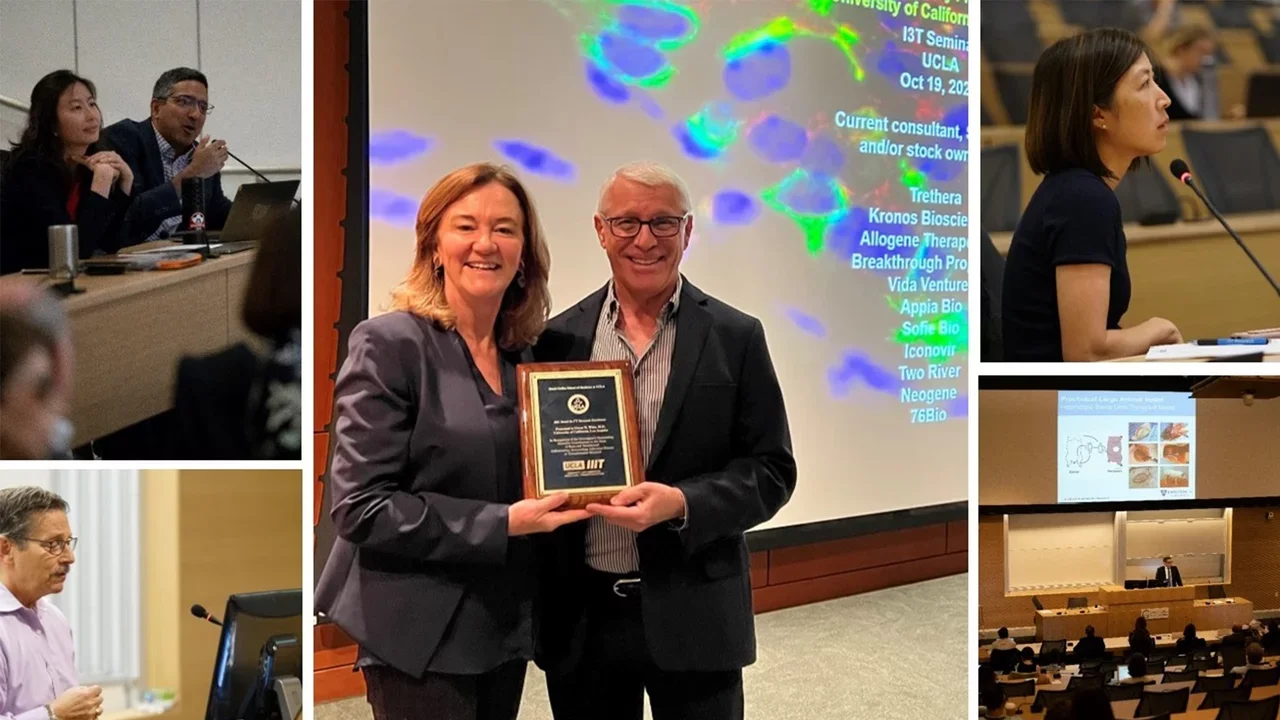Immunity, Inflammation, Infection & Transplantation
I3T Research Theme
Serving Pediatric Patients
How do we serve pediatric patients with rare immune diseases? Manish Butte, MD, PhD, a pediatric immunologist at UCLA Health talks about bringing advanced laboratory capabilities to kids with rare immune diseases
Learn More →
UCLA’s Expertise In Immunology Ranges Far And Wide
Innovation at UCLA extends far beyond a moment of discovery.
UCLA faculty have developed best-in-class T-cell therapies for fighting and beating cancer and for world-leading transplant programs. They have uncovered and invented new ways to prevent and treat infection to meet the challenge of antibiotic resistance.
Their groundbreaking discoveries have unlocked the genetics and cell biology of immunity. Now, they are building mathematical models of human health. Here—now—we are harnessing the power of the immune system to prevent, treat, and cure disease.
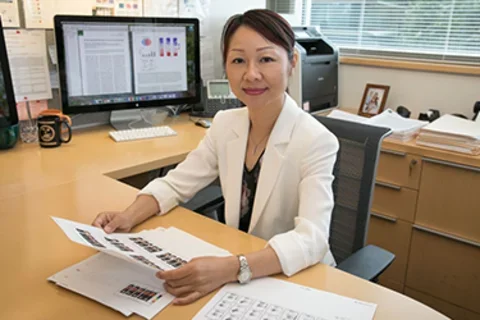
Dr. Lili Yang
Read about killer T cells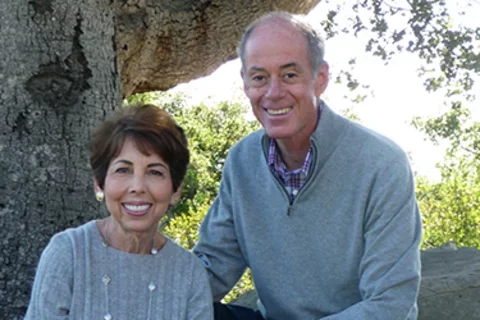
A Generous Contribution
See donor spotlight“ Once we fully understand the rules of the immune system, then we can harness the immune system therapeutically to cure disease. ”
I3T Seminar Series
The I3T Seminar Series 2025-26 is back in person this year with an outstanding lineup of speakers. We have already confirmed dates with the speakers below. All our seminars start at 12pm and conclude at 1pm. Contact us at I3T@mednet.ucla.edu for any questions.
Upcoming Seminars
Please click the "View Seminar Series" link above for a complete list of our 2025-26 I3T Speaker Lineup.
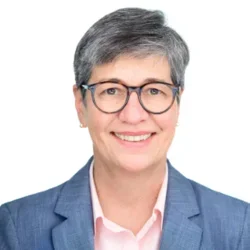
Speaker: Laurie A. Dempsey, PhD
Title: Senior Editor
Institution: Nature Immunology
Date: Friday, Jan 9, 2026
Location: In-person CHS 23-105
Talk Title: "How to publish with the Nature Portfolio: Insights from 20+ years as a Nature Immunology editor"

Speakers: Marissa Pioso (Prins Lab) & Dr. Anne Zaiss (Arumugaswami Lab)
Institution: UCLA
Date: Tuesday, Jan 13, 2026
Location: In-person CHS 23-105
Additional Information: Research In Progress
Talk Titles: "Tumor-intrinsic EGFR-activation induces a chronic interferon stimulated phenotype in glioblastoma-associated myeloid cells” & "Hemorrhagic Fever Viruses: A Tale of Immunopathogenesis and Drug Discovery"
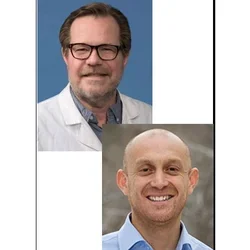
Speakers: Samuel French, MD, PhD & Javier Nicolalde, MS, PhD
Respective Titles: Associate Professor of Pathology and Laboratory Medicine, Director of Research Technology
Institution: UCLA
Date: Tuesday, Jan 20, 2026
Location: In-person CHS 23-105
Talk Title: "Facilitating Human Studies into Federal Grants"
